More Spice Flavor in 2021 with These Secrets
SECRET #1: Choose whole spices over crushed or ground. Purchase whole spices and grind them yourself to retain maximum potency and ensure a fuller flavor. Professional chefs and nutritionists all agree—whole spices stay fresher, longer. Since ground spices have such a short shelf life, chances are, every ground spice in your cabinet right now is past its prime.
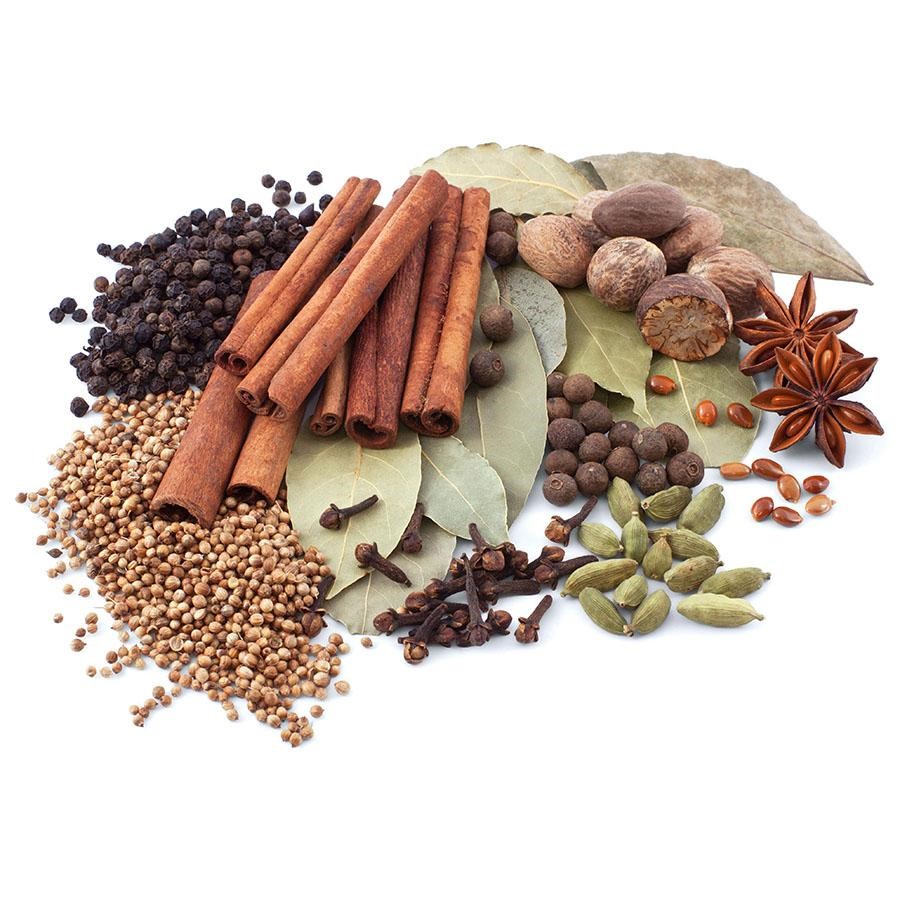
Ground spices typically contain more than the spice—salt, rice or flour mixed in (to prevent caking—to make sure they actually shake out of those little holes in the plastic cap). FDA regulations do not require suppliers to list these add-ins as ingredients and ground spices are not required to be free of contaminants. So, you never know what you are getting with ground spices, but when you buy a WHOLE spice, you know for sure what you have!
SECRET #2: Toast whole spices for maximum flavor. The next time you use whole spices, toast them in a flat skillet before grinding and adding them to a recipe; this brings out earthy undertones (chef talk) that you didn’t even know existed. To help your ground spices retain flavor, just toast the spices to be used at the time of cooking or baking, and in small quantities. (I suggest this because I know some of you out there are like me, and would like to do all the toasting ahead of time. Not a good idea.)
SECRET #3: Buy the best spices you can afford. There’s a reason inexpensive spices are inexpensive. The health regulations for ground spices are lax, with the ASTA (American Spice Trade Association) cleanliness specifications stating that “…it is not possible to grow, harvest, and process crops that are totally free of natural defects.” Does that mean spice manufacturers just grind the defects in and sell them? You got it.
Well, what the heck ARE these ‘defects’? Mold, exctreta (yep, that’s poo), dead insects, rat hairs, wire, string and a list of other ‘foreign matter.’ And how much foreign matter does the ASTA say is OK to show up in our pre-ground spices? It’s shocking, but up to 20% for some is still considered “acceptable.” The average is less, but still…. ICK.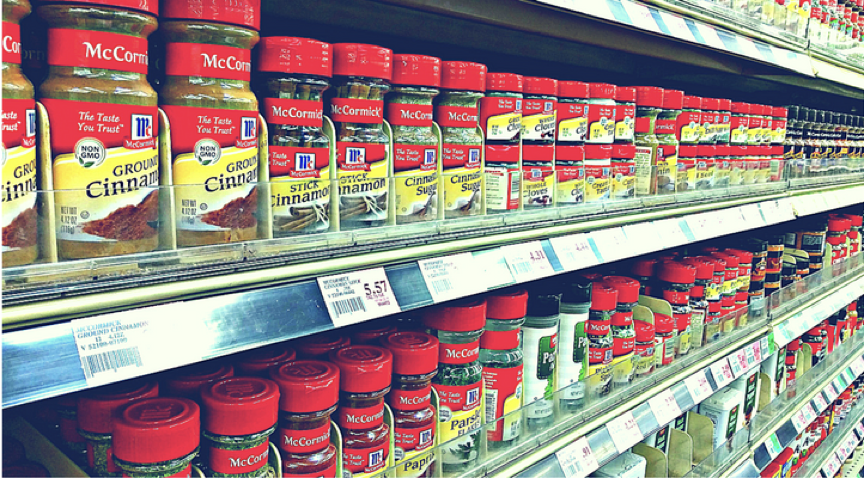
The question is, then, where do you find the best spices? A terrific site, Simple Bites has this advice:
“SEARCH ETHNIC MARKETS. Often ethnic markets have good quality whole spices at affordable prices. They are selling spices that are used regularly and are re-stocked much faster than an average grocery store where spices may sit for much longer. Of course, ethnic markets can sell poor quality spices as well, but talk to the staff. Smell the spices and buy a small amount to try at home to see if you like them.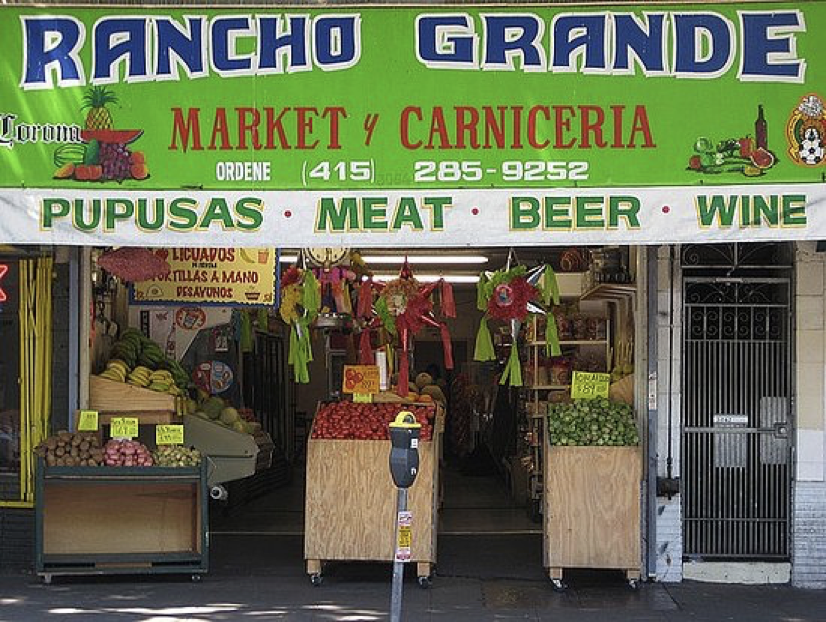
“SOURCE A LOCAL SPICE MERCHANT. These spices shops nearly always guarantee quality and freshness. The best part? You can usually chat with the staff about how to incorporate their products into your cooking. Some may even have recipe cards to hand out.
“HUNT QUALITY SPICES ONLINE. If you cannot locally source whole spices, consider purchasing online from a reliable company. There are many options out there. Here are my 2 favorite sources: WORLD SPICE MERCHANTS (USA), www.worldspice.com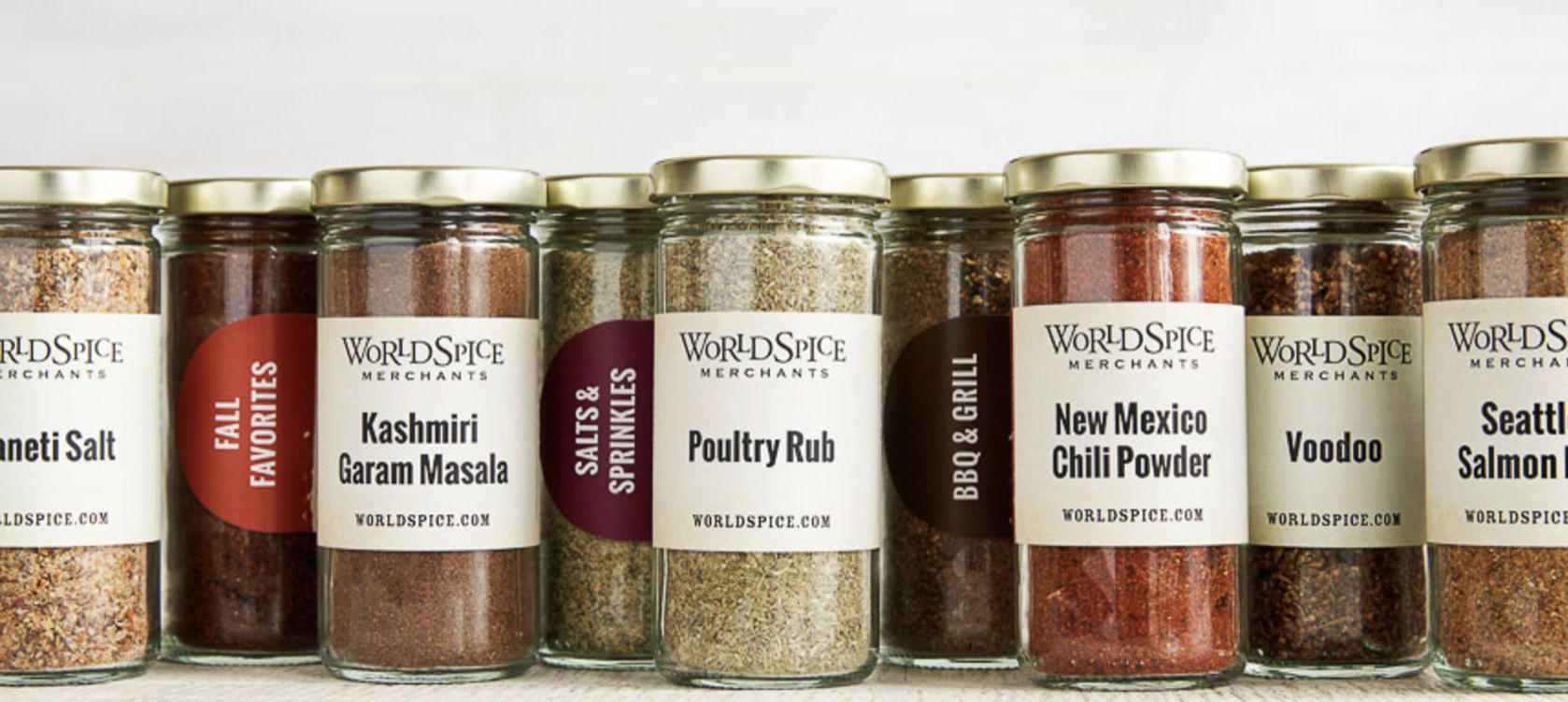
THE SILK ROAD SPICE MERCHANT, www.silkroadspices.ca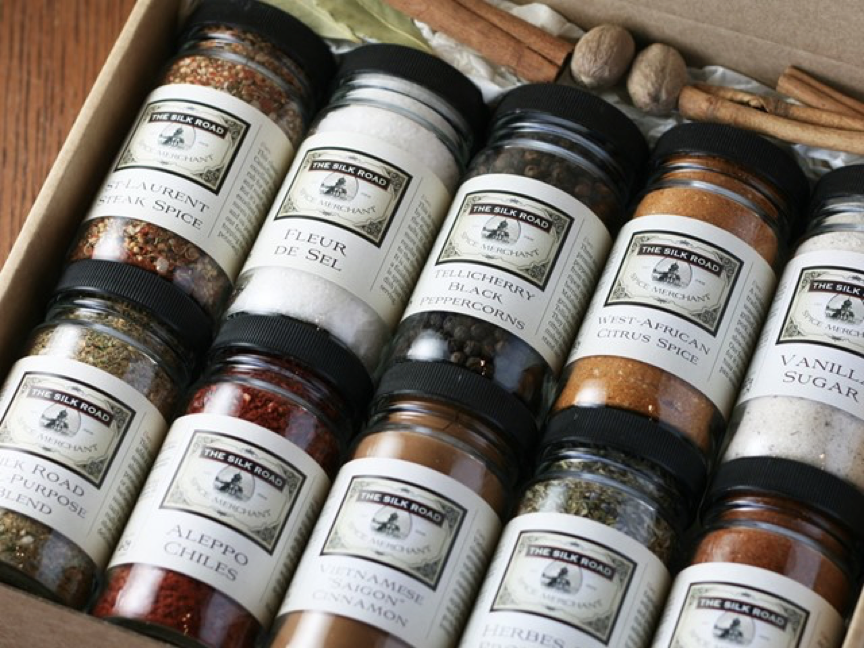
MOUNTAIN ROSE HERBS (USA), www.mountainroseherbs.com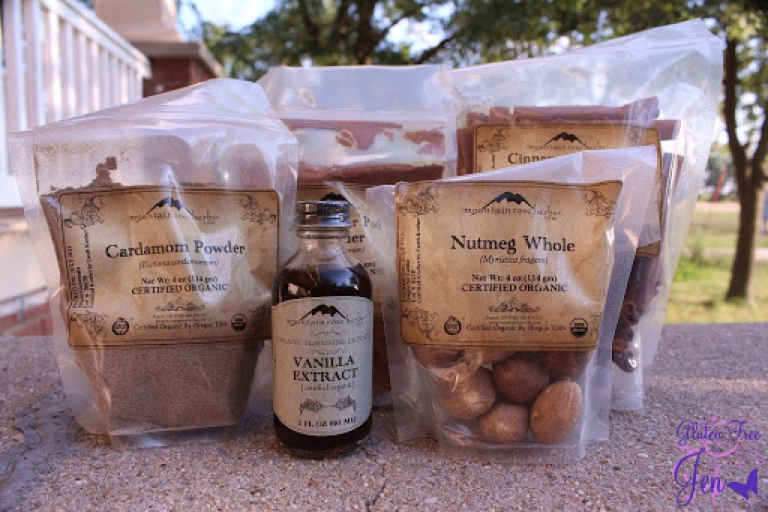
SECRET #4: Buy spices in small quantities. They go stale, so these aren’t pantry items you want to buy in bulk. Only very active cooks that are heavy-handed with the spices should be buying spices in bulk. The bottom line? Just buy good quality spices. Doing so means you won’t need to use as much for cooking because they will be much more potent than stuff found in the grocery store. A little goes a long way.
Now, my own hot tip for more spice flavor in 2021: Consider listing these spice resources given above, in your Cook’n Recipe Organizer so you always have this information in an easily accessible place. I’d also jot these numbers down in my day-planner and on a post-it note that I’d stick to the inside of my spice cupboard door. Happy New Year!

Ground spices typically contain more than the spice—salt, rice or flour mixed in (to prevent caking—to make sure they actually shake out of those little holes in the plastic cap). FDA regulations do not require suppliers to list these add-ins as ingredients and ground spices are not required to be free of contaminants. So, you never know what you are getting with ground spices, but when you buy a WHOLE spice, you know for sure what you have!
SECRET #2: Toast whole spices for maximum flavor. The next time you use whole spices, toast them in a flat skillet before grinding and adding them to a recipe; this brings out earthy undertones (chef talk) that you didn’t even know existed. To help your ground spices retain flavor, just toast the spices to be used at the time of cooking or baking, and in small quantities. (I suggest this because I know some of you out there are like me, and would like to do all the toasting ahead of time. Not a good idea.)
SECRET #3: Buy the best spices you can afford. There’s a reason inexpensive spices are inexpensive. The health regulations for ground spices are lax, with the ASTA (American Spice Trade Association) cleanliness specifications stating that “…it is not possible to grow, harvest, and process crops that are totally free of natural defects.” Does that mean spice manufacturers just grind the defects in and sell them? You got it.
Well, what the heck ARE these ‘defects’? Mold, exctreta (yep, that’s poo), dead insects, rat hairs, wire, string and a list of other ‘foreign matter.’ And how much foreign matter does the ASTA say is OK to show up in our pre-ground spices? It’s shocking, but up to 20% for some is still considered “acceptable.” The average is less, but still…. ICK.

The question is, then, where do you find the best spices? A terrific site, Simple Bites has this advice:
“SEARCH ETHNIC MARKETS. Often ethnic markets have good quality whole spices at affordable prices. They are selling spices that are used regularly and are re-stocked much faster than an average grocery store where spices may sit for much longer. Of course, ethnic markets can sell poor quality spices as well, but talk to the staff. Smell the spices and buy a small amount to try at home to see if you like them.

“SOURCE A LOCAL SPICE MERCHANT. These spices shops nearly always guarantee quality and freshness. The best part? You can usually chat with the staff about how to incorporate their products into your cooking. Some may even have recipe cards to hand out.
“HUNT QUALITY SPICES ONLINE. If you cannot locally source whole spices, consider purchasing online from a reliable company. There are many options out there. Here are my 2 favorite sources: WORLD SPICE MERCHANTS (USA), www.worldspice.com

THE SILK ROAD SPICE MERCHANT, www.silkroadspices.ca

MOUNTAIN ROSE HERBS (USA), www.mountainroseherbs.com

SECRET #4: Buy spices in small quantities. They go stale, so these aren’t pantry items you want to buy in bulk. Only very active cooks that are heavy-handed with the spices should be buying spices in bulk. The bottom line? Just buy good quality spices. Doing so means you won’t need to use as much for cooking because they will be much more potent than stuff found in the grocery store. A little goes a long way.
Now, my own hot tip for more spice flavor in 2021: Consider listing these spice resources given above, in your Cook’n Recipe Organizer so you always have this information in an easily accessible place. I’d also jot these numbers down in my day-planner and on a post-it note that I’d stick to the inside of my spice cupboard door. Happy New Year!
Sources:
- www.nyspiceshop.com
- www.seriouseats.com
- www.walletwhisperer.com
- www.popsugar.com
- www.silkroadspices.ca
- www.travelalberta.com
- www.sweetcountrychaos.com
 Alice Osborne
Alice Osborne
Weekly Newsletter Contributor since 2006
Email the author! alice@dvo.com
